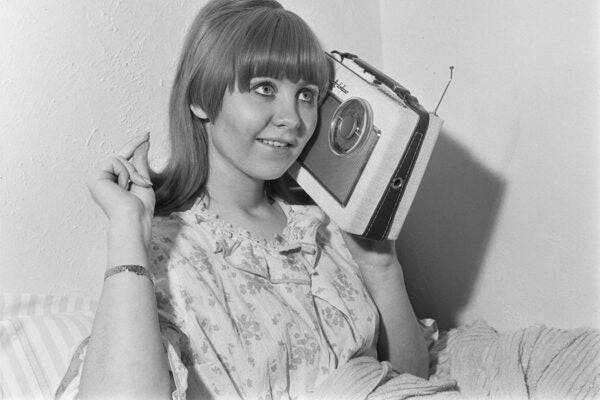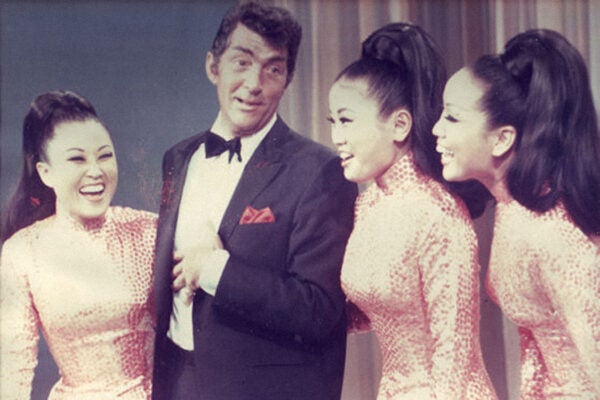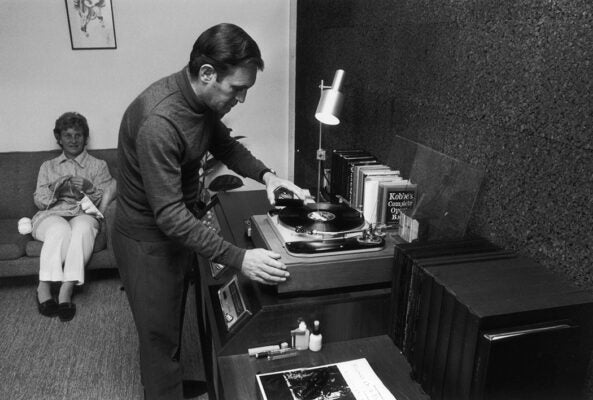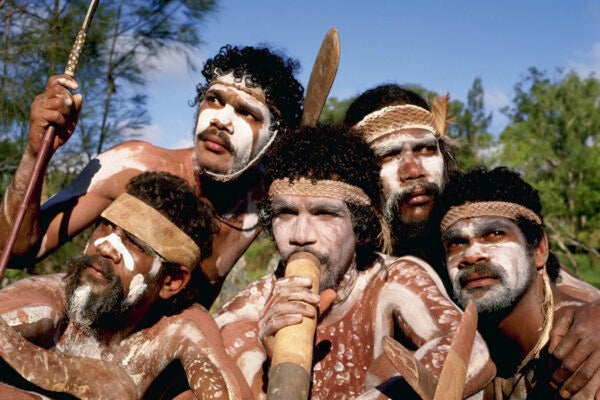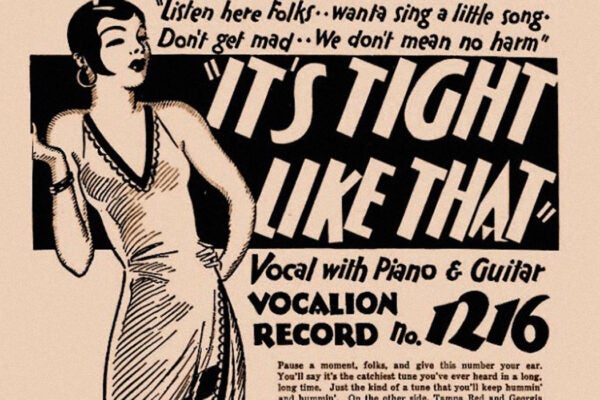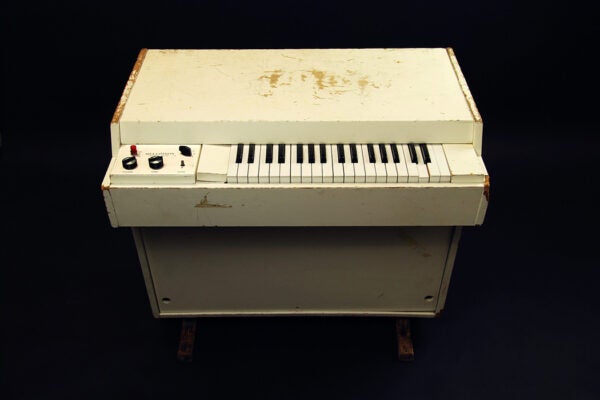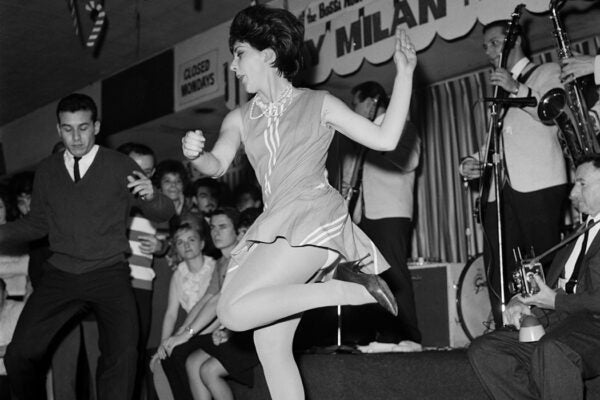Music Only for a Woman: The Birth of Easy Listening
A 1970s radio format geared towards the "feminine psyche" featured musical rearrangements with softer and gentler styles of the day's hits.
Ladies and Gentlemen, It’s The Kim Sisters
The diversification of talent on American variety shows obscured the reality of race relations in the United States during the Cold War.
Making Music Male
How did record collecting and stereophile culture come to exclude women as consumers and experts?
Reggae in Australia
In the 1970s, Willie Brim, a member of the Buluwai people, learned about Peter Tosh and Bob Marley from hippies who lived near his community. And the joy began.
“It’s Tight Like That”
A "dirty" song recorded by Georgia Tom and Tampa Red in 1928 launched the "hokum" blues.
Tape Heads
The Mellotron, an electronic keyboard of recorded samples, heralded the digital age, and its use in “Strawberry Fields Forever” changed pop music history.
Honey Cocaine’s Unexpected Cambodian Canadian Life Story
The Toronto rapper embraces a patois-inflected “bad gal” image to tell a deeply personal story about historical violence.
Why I Fell for Tina Turner
Empowerment, individual strength, and the many facets of love.
The Bossa Nova Craze
In the early 1960s, bossa nova was hugely popular in the US thanks to its reinvention as a social dance and its connections with upper-class culture.
Tech in the Classroom in the 1910s
American music teacher Frances E. Clark helped the Victor Corporation bring recorded music into classrooms, overcoming educators’ distrust of the technology.
